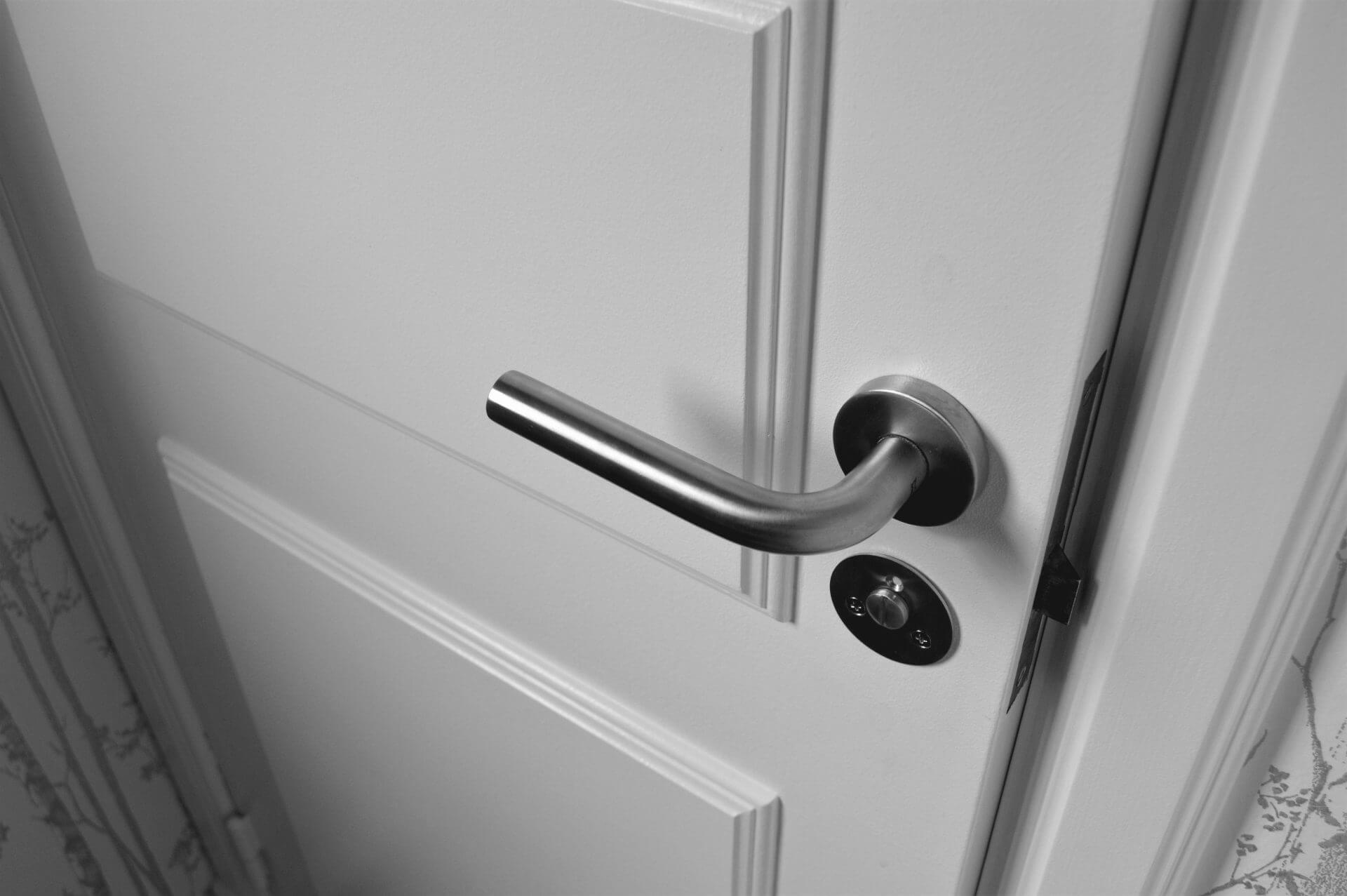
It’s exciting to renovate a home but it can be a lot of work too. But it need not be a headache if you prepare in advance. For instance, you need to be concerned about home safety.
And to help you out with how you can ensure your house is safe in terms of everything, we jotted down thirteen tips to keep your home safe during home repairs.
Examine Your House Before Starting The Main Work
Getting to know the house is the initial step. Not only the design of the rooms but also the technical information. A straightforward renovation might become a nightmare if you knock a wall down only to ruin the pipes.
Consulting the blueprints for the house is the simplest way to accomplish this. Better yet, have a professional deal with the whole issue or repairs; they will ensure that the work gets done without causing unintended damage. In fact, some repairs can’t be done unless you enlist the support of professionals.
For instance, trenchless sewer repair requires professionals. Hence, before the repair begins, examine your house thoroughly to see where the issue is and whether you can deal with it yourself or would you require professional assistance.
Keep In Mind About The Common Electricity Issues
Electrical safety often focuses on preventing either electrical fires, blasts, or shocks, which occur when a current flows through the body.
A person who has been electrocuted experiences shock. People occasionally enter closed circuits while electricity is flowing, which can have catastrophic results.
A person may experience this if they touch two wires of an electrical circuit that is electrified, either a wire of an unsecured circuit or an activated metal.
Excessive heat can cause explosions and flames, which are frequently caused by an overabundance of electricity or bad wiring.
Wires must always be presumed to be live by electricians. Before use, each chord, plug, and wire should be examined. If any components are broken or missing, stop working until new ones can be discovered.
In addition to this, it is important to frequently check all tools and materials for deterioration.
Do not try to undertake electrical work independently if you aren’t a certified electrician. Instead, hire a qualified electrician instead.
Risk-free Roof Repair
One of your home’s most important structural elements is the roof. The roof itself may appear simple, but because of its height, it presents a serious threat. For instance, if you don’t make sure that your roof fits your house exterior perfectly, it can lead to issues.
The most frequent safety concerns on roofs involve weather, a hazardous work surface, and falling from a height. Working with a professional contractor is always preferable to doing your own roof repairs; in other words, if you’re not qualified, you should not be on a roof.
Employees should always wear the proper safety gear, and you must always carefully review the contractor’s protection plan to make sure the workspace is kept clean, belts are worn, and weather patterns are taken into consideration.
Safety Tips for Floors
Unfortunately, even the ground beneath your feet can endanger you and the people you love.
Always secure the area while tearing up our flooring to prevent curious kids and animals from entering. Tools must always be set aside immediately after use, and debris must be removed right afterward.
If you plan to sand the wood floors with power tools, ensure the area is free of obstructions and put on the right safety gear. The greatest strategy to prevent injuries is to keep the floor level as constant as possible.
In addition to replacing any uneven room transitions, any unsecured floor pieces should be tightly attached. When putting the carpet down, be sure to secure it completely and never let it come loose.
Conclusion
If you have read this article carefully till this point, you have learned the thirteen most effective tips to keep your home safe during home repairs.
If you want to avoid or reduce the need for expensive repairs altogether, learn the things you can to do maintain your home in good condition.
































